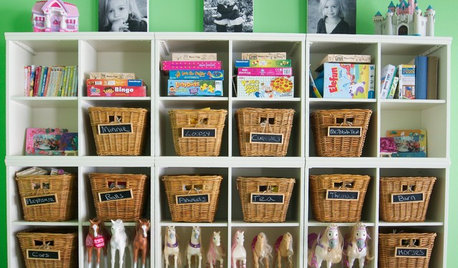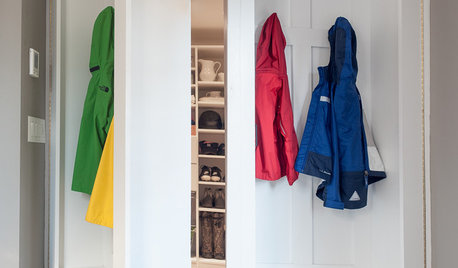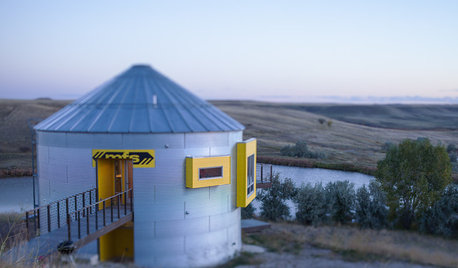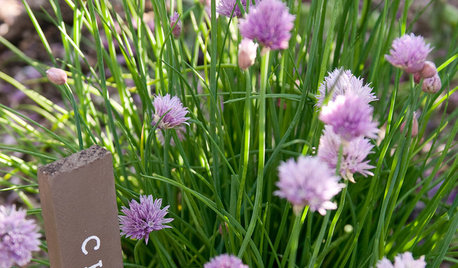My new bin's first day
Sandra Tran
14 years ago
Related Stories

DECLUTTERINGTame the Toy Chaos: Bin Storage for All
New project for a new year: With bins, totes and shelves, a clutter-free playroom can be yours
Full Story
MUDROOMSRoom of the Day: This Mudroom Is Just Plain Hot
Wait till you see what’s behind the hooks and bins in this genius family drop zone
Full Story
GARDENING GUIDESHouzz TV: Make a Worm Bin for Rich Soil and Happy Plants
A worm-powered compost bin that can fit under a sink turns food scraps into a powerful amendment for your garden. Here’s how to make one
Full Story
HOUZZ TOURSHouzz Tour: Prairie Grain Bin Turned Bucolic Retirement Home
An agrarian structure and a big dream combine in this one-of-a-kind home that celebrates 250 acres of Montana grasslands
Full Story
LIFEThe Moving-Day Survival Kit: Lifesaving Items and Niceties
Gather these must-haves in advance for a smooth move and more comfortable first days in your new home
Full Story
ROOM OF THE DAYRoom of the Day: Small Master Bath Makes an Elegant First Impression
Marble surfaces, a chandelier and a window seat give the conspicuous spot the air of a dressing room
Full Story
ENTRYWAYSRoom of the Day: Suburban Foyer Makes a Powerful First Impression
A custom wall mural and other dramatic features surprise and delight in this Chicago-area home
Full Story
LIVING ROOMSRoom of the Day: Redone Living Room Makes a Bright First Impression
A space everyone used to avoid now charms with welcoming comfort and a crisp new look
Full Story
EVENTSTreasure Hunting at Texas' First Monday Trade Days
Check out some of the antiques, art and collectibles on offer at one of the largest flea markets in the U.S.
Full Story
GARDENING GUIDESSimple Pleasures: Savor the First Spring Day in the Garden
How will you answer the call of the garden once the birds are chirping, the bulbs are blooming and the air is inviting?
Full StorySponsored
Columbus Area's Luxury Design Build Firm | 17x Best of Houzz Winner!



gmw1
sbryce_gw
Related Discussions
My first compost bin
Q
Oh no! First frost(s) and Mr. Rat moved into my compost bin
Q
Pics of my first bin
Q
My first Worm Bin
Q
Sandra TranOriginal Author
jonas302
11otis
sbryce_gw
konadog
Sandra TranOriginal Author
rom.calgary.ab
Sandra TranOriginal Author
fosteem1
Sandra TranOriginal Author
jonas302
gmw1
sbryce_gw
rom.calgary.ab
gmw1
marauder01
rom.calgary.ab
joe.jr317
Sandra TranOriginal Author
gmw1
gmw1
plumiebear
gmw1
fosteem1